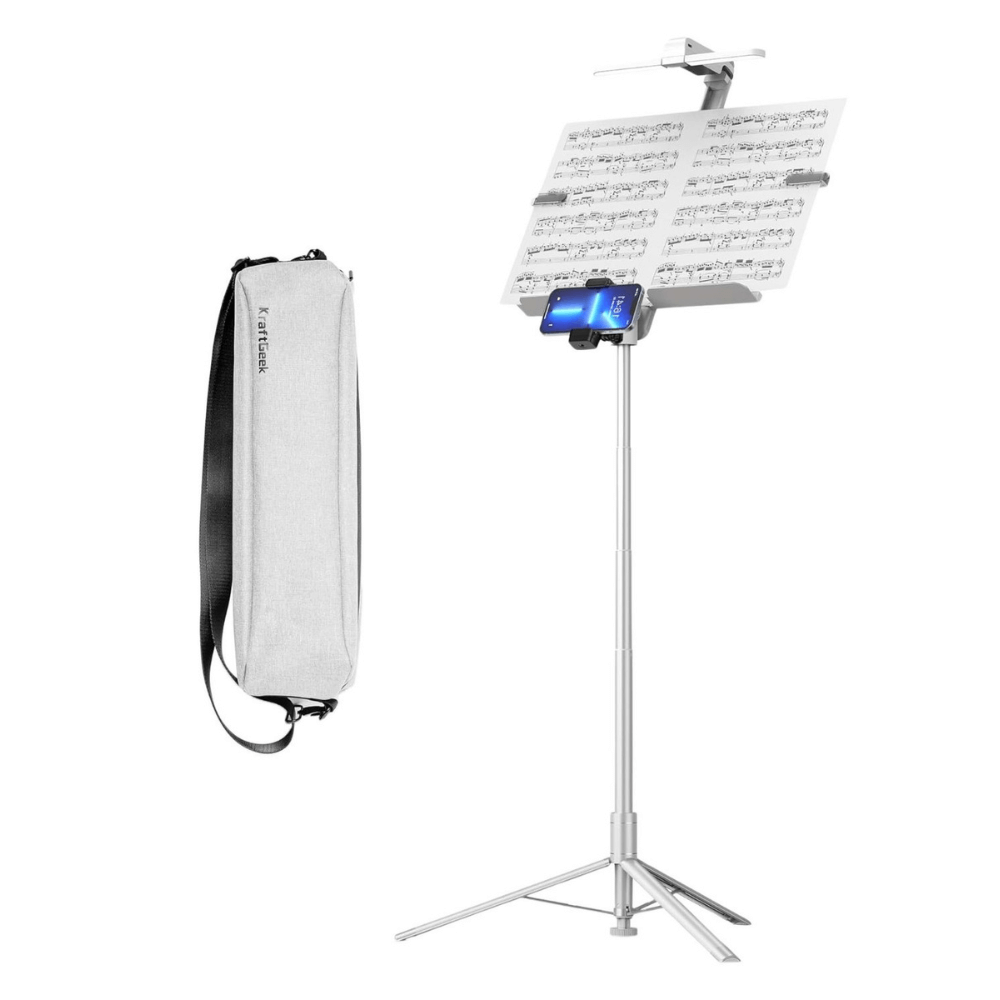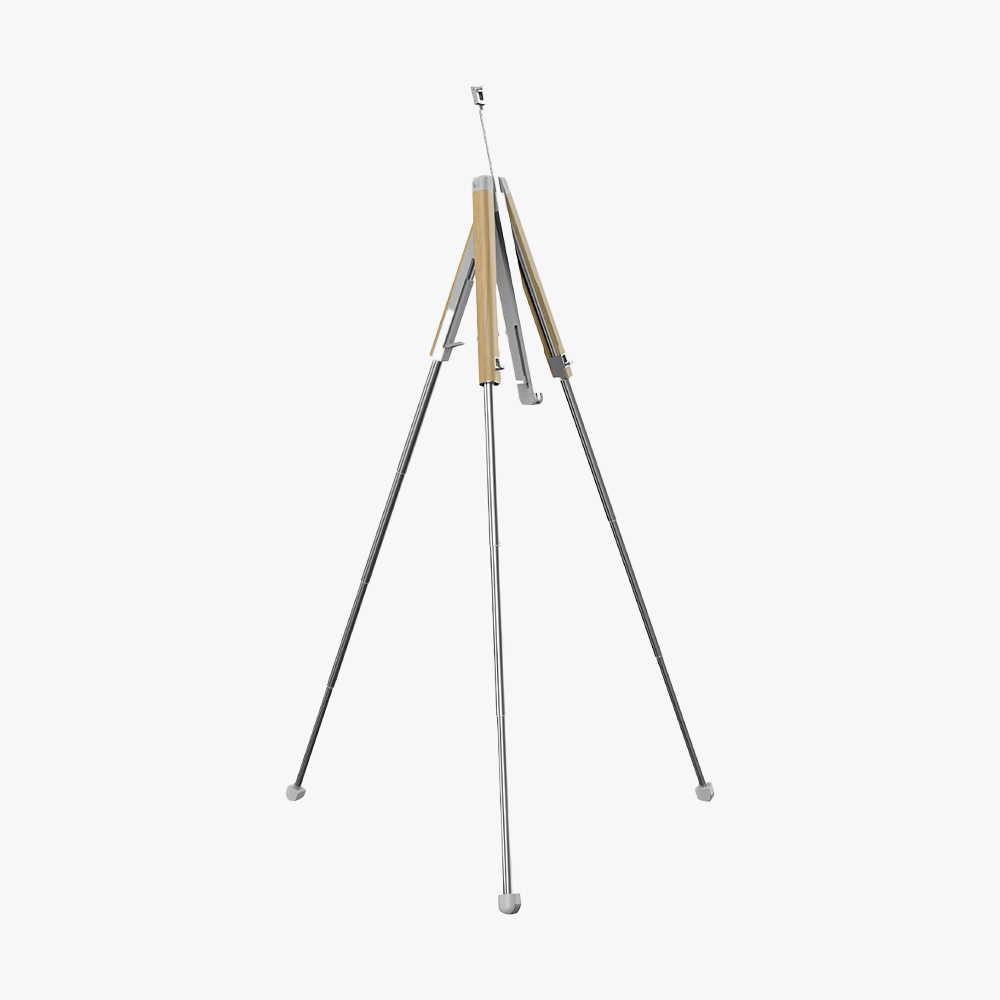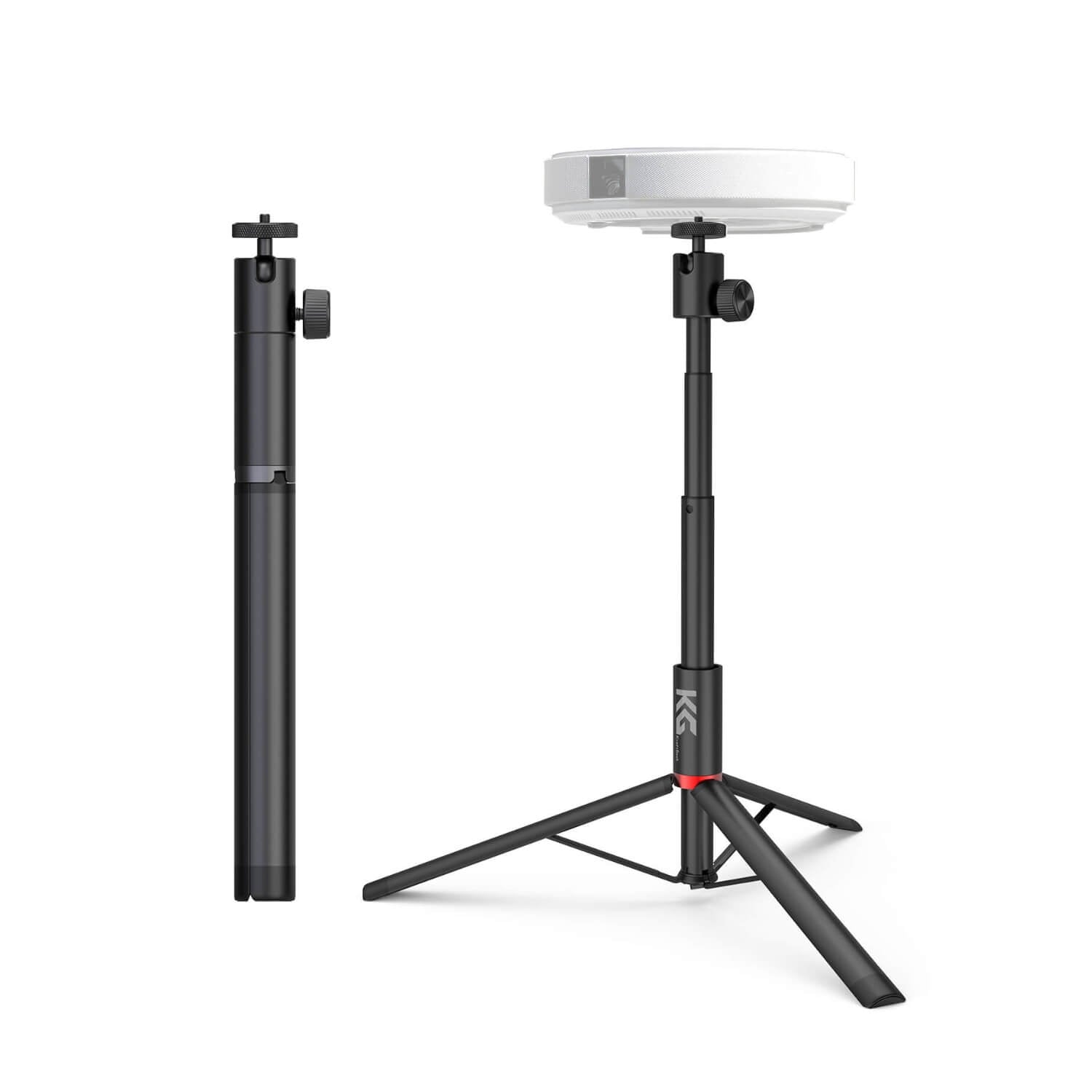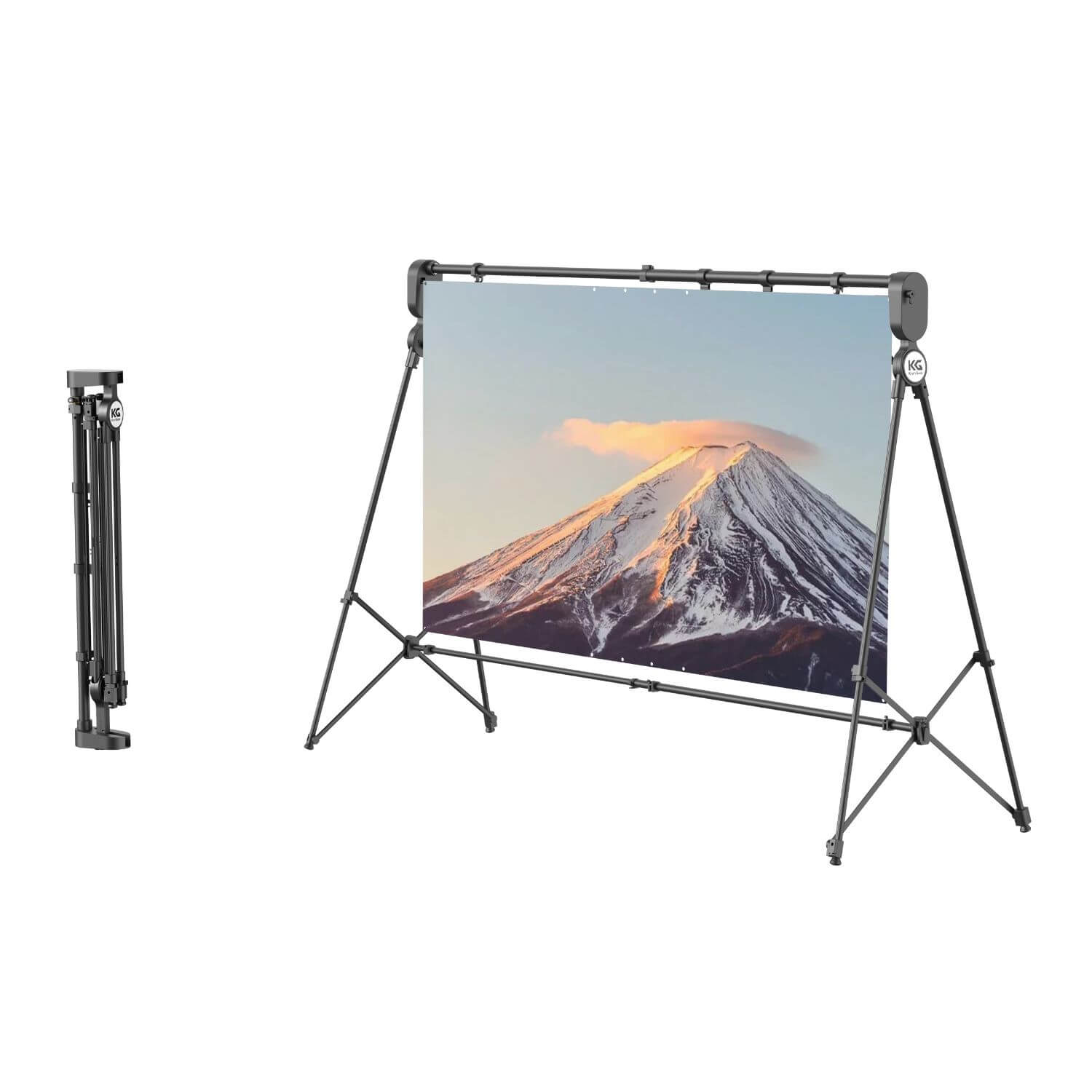Have you ever found yourself eager to play a favorite song on the ukulele, only to discover that the chords you have are for the guitar? Many aspiring ukulele players face this challenge but fear not – there's a simple solution. Translating guitar chords to the ukulele opens up a whole new world of musical possibilities. Whether you're a seasoned guitarist or just starting your musical journey, mastering this skill is invaluable.
Similarities And Differences Between Guitar And Ukulele Chords
When you first glance at a guitar and a ukulele, you might notice their similarities: they both have strings, frets, and can produce melodious tunes. But when it comes to chords, there are distinctions to understand. Both instruments utilize chords to create harmonious sounds but the way these chords are formed and played can differ.
|
Aspect |
Similarities |
Differences |
|
Number of strings |
Typically six strings |
Typically four strings |
|
Tuning |
Standard tuning: E-A-D-G-B-E |
Standard tuning: G-C-E-A |
|
Chord formation |
Often includes complex fingerings |
Often simpler fingerings |
|
Chord Voicings |
Wide variety of voicings and shapes |
Limited by fewer strings |
|
Transposition |
Possible but may require more complexity |
Often straightforward due to similar intervals |
How To Translate Guitar Chords To Ukulele

Step 1: Choose Your Guitar Chord
Start by selecting a guitar chord that you'd like to translate to the ukulele. It could be a basic chord like G, C, D, or even a more complex chord if you're feeling adventurous. Remember, the process remains the same regardless of the chord you choose.
Step 2: Identify the Root Note
Look at the chord diagram for the guitar chord you've chosen. Find the root note, which is typically the lowest note in the chord. Understanding the root note is crucial as it determines the name and quality of the chord.
Step 3: Transpose Up a Fourth
Now, here comes the magic of transposition! Take the root note of the guitar chord and move it up a fourth on the musical scale. This means counting four letters up from the original note. For example, if your guitar chord's root note is G, moving up a fourth gives you C.
Step 4: Adapt the Chord Shape
With the new root note in mind, adapt the chord shape to fit the ukulele. Since the ukulele is tuned differently from the guitar, you'll need to modify the finger positions accordingly. Don't worry if it feels a bit awkward at first – practice makes perfect!
Step 5: Play Your Ukulele Chord
Once you've adjusted the chord shape, give it a strum on your ukulele and listen to the beautiful sound you've created! Take your time to familiarize yourself with the new chord shape and experiment with different strumming patterns to find what works best for you.
Let's put theory into practice with a few examples:
- Guitar chord: G major (320003)
- Transpose up a fourth: G ➔ C
- Ukulele chord: C major (0003)
- Guitar chord: D minor (xx0231)
- Transpose up a fourth: D ➔ G
- Ukulele chord: G minor (0231)
- Guitar chord: E major (022100)
- Transpose up a fourth: E ➔ A
- Ukulele chord: A major (2100)
RELATED: Essential Guitar Accessories Every Player Needs
Special Considerations for Baritone Ukulele
The baritone ukulele stands out from its soprano, concert, and tenor counterparts due to its unique tuning, which closely resembles that of the guitar. Tuned to D-G-B-E, the baritone ukulele shares the same top four strings as the guitar, making it a natural choice for guitarists looking to explore how to play ukulele.

To translate guitar chords directly to the baritone ukulele, guitarists can simply use the same chord shapes and finger positions, with minor adjustments to accommodate the ukulele's smaller size. Since the baritone ukulele shares the same tuning as the top four strings of the guitar, most guitar chords can be played on the baritone ukulele without modification.
Converting Ukulele Chords to Guitar
Just as we've explored translating guitar chords to the ukulele, it's also possible to convert ukulele chords back to the guitar. This reverse transposition involves adjusting the chords to fit the guitar's tuning and fingerboard.
Placing a capo on the guitar neck allows you to change the pitch of the strings, effectively transposing the chords to a higher key. By positioning the capo at different frets, you can easily match the tuning of the ukulele and play the same chord shapes with ease.
Step 1: Understand Ukulele Chord Structure
Familiarize yourself with the basic structure of ukulele chords, which typically consist of four notes. These chords are often represented in chord charts or diagrams, indicating which strings to press down and which to leave open.
Step 2: Identify the Ukulele Chord Shape
Choose a ukulele chord you want to convert to guitar. Identify the chord shape on the ukulele fretboard and take note of which strings are fretted and which are left open. This will serve as the basis for transposing the chord to the guitar.
Step 3: Determine the Corresponding Guitar Chord
Translate the ukulele chord shape to the guitar fretboard. Start by locating the root note of the chord on the guitar, then find the appropriate finger positions to mimic the ukulele chord shape. Adjust fingerings as needed to accommodate the differences in string tuning and fret spacing between the two instruments.
Step 4: Consider Alternate Voicings
Explore different voicings or variations of the guitar chord to find the closest match to the original ukulele chord. Experiment with barre chords, open chords, and inversions to achieve the desired sound and playability.
Step 5: Practice and Refine
Once you've identified the corresponding guitar chord, practice playing it until you're comfortable with the finger positions and transitions. Pay attention to the sound and feel of the chord, making adjustments as needed to achieve a smooth and accurate conversion.
Step 6: Test in Context
Test the converted guitar chord within the context of a song or chord progression to ensure it fits seamlessly with the other chords. Listen for any dissonance or inconsistency and make further adjustments as necessary to maintain the overall musical integrity.
How To Make Your Guitar Sound Like a Ukulele
To make your guitar sound more like a ukulele, you can take several approaches. One simple technique is to tune your guitar to match the standard tuning of a ukulele (G-C-E-A). By adjusting the string tension and pitch, you can emulate the sound of a ukulele on your guitar. Alternatively, you can use a capo to change the pitch of the strings, creating a higher, brighter sound reminiscent of a ukulele.
RELATED: Digital vs. Traditional: Exploring the Pros and Cons of Different Music Stand Types
Product Recommendations
Conclusion
Whether you're a seasoned guitarist looking to expand your skills or a ukulele enthusiast seeking new challenges, there's always more to learn and discover. Take the time to experiment with different chord shapes, tunings, and techniques, and don't be afraid to make mistakes along the way.










